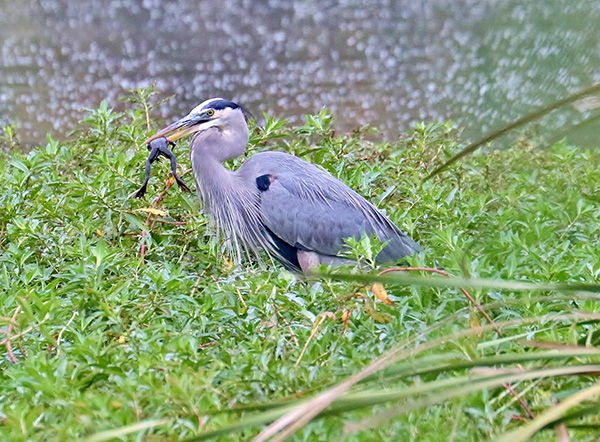Cranes
Large birds of the crane family resemble herons in appearance and have long necks and legs (although the two birds are unrelated). With the exception of South America and Antarctica, there are a total of 15 species of cranes that are still alive today. Because they are omnivores, cranes are opportunistic eaters that frequently alter their food to suit the seasons and their own dietary requirements. The cranes eat a variety of foods, including both plant and animal stuff. They eat seeds, leaves, nuts and acorns, berries, fruit, insects, worms, snails, tiny reptiles, animals, and birds when they are foraging on land. In marshes and agricultural areas, emergent plants' roots, rhizomes, tubers, and other portions are also eaten together with other mollusks. Fish, rats, mice, toads, frogs, salamanders, insects, berries, and cereals are some of the things they can eat.
Cranes use a variety of foraging strategies depending on the type of prey and the environment. A crane excavating for tubers and rhizomes spends some time digging and then widening a hole to get the plants out of the ground. They search for insects and animal food by gently moving forward with their heads down and probing with their bills, in contrast to this and the fixed wait and watch hunting strategies used by many herons.











